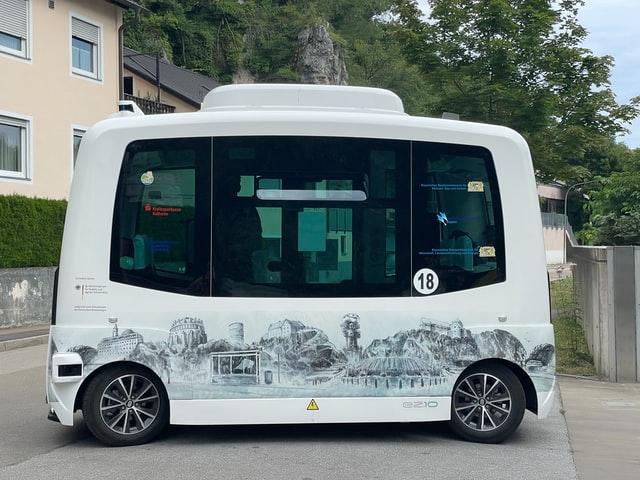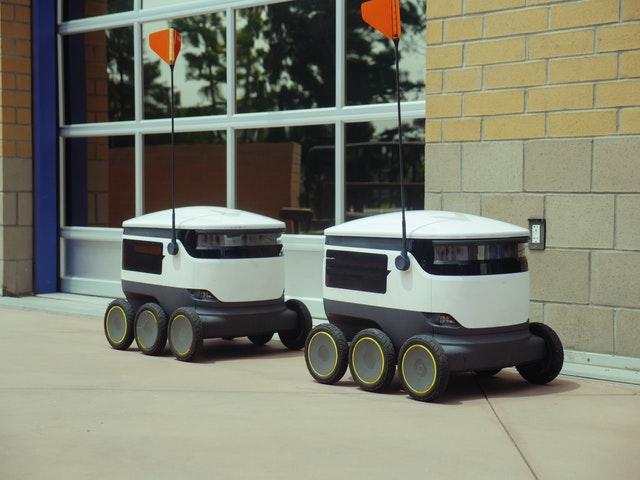As humans, we run scenarios in our heads all the time, trying to predict the outcome of our actions. Today, we stand at the dawn of a new era with artificial intelligence and autonomous systems. Imagine a utopian future where everything is self-sufficient and self-driving and there is no need for human intervention.
The purpose of technological development is presumably to improve human well-being. The primary goal of technological progress is efficiency and productivity. The goal of autonomous technology is to remove the uncertainty associated with mastering nature and make life easier for human beings while at the same time fostering the growth of society and prosperity.

Since the mid-20th century, research has produced several publications related to self-governing technology and human-machine relationships. Isaac Asimov’s 1942 essay, ‘The Three Laws of Robotics,’ sought to formulate recommendations for a human relationship with autonomous technology.
Ultimately, he advocated that technologists, ethicists and policymakers work together to anticipate and mitigate the implications of autonomous technology and to create the policies that govern their development. While it is still a long way from becoming commonplace, its safety will be a top priority.
In the meantime, despite the advances in technology, there will always be potential edge cases. Companies should focus on further developing the technology and avoiding life-or-death situations. Nowadays, when we talk about autonomous technology, we think of self-driving cars. And the use of autonomous technology on roads can have numerous benefits.
For example, it can help reduce traffic incidents, accidents and distracted driving. Fewer accidents mean fewer police cars, fewer roadblocks and fewer reasons to slow traffic. With the ability to predict changes in traffic conditions, self-driving vehicles may even help reduce fuel consumption. In addition, autonomous vehicles are safer than human drivers, which will make them a better choice for road users.

Self-driving cars will also reduce the risk of human error by eliminating distractions. They can automatically determine the distance required to stop a vehicle, allowing them to take the right action. Furthermore, driverless vehicles that travel in groups participate in platooning, allowing them to brake and accelerate simultaneously to reduce traffic congestion. They will also be able to pick up hand signals and detect potential traffic problems.
Additionally, automated vehicles may help reduce travel costs. As the software that controls autonomous vehicles is computer-controlled, it may be able to reduce the peak speed of a vehicle and maximize its speeds in key moments. Ultimately, this will reduce the time required to travel between destinations.
And as long as these vehicles do not cause accidents, the reduced number of traffic jams will also help reduce congestion and control fuel consumption. Further, self-driving cars could make driving more convenient for older drivers. This technology could help to eliminate the mobility gap in our aging society.
In addition to reducing traffic congestion, driverless vehicles can have a significant impact on society. These vehicles can provide driverless mobility door to door, thereby empowering those who can’t drive. They can also be cheaper than public transportation, which could help people in lower-income brackets. These features will greatly improve the way we travel, allowing us to save more time.
We live in an increasingly digital society but do we want to live in an autonomous world? The answer depends on how we define “autonomous.” Self-driving cars can make our lives easier by taking the stress out of daily responsibilities, as they can be programmed to drive themselves.
The future of autonomous cars isn’t far off. As long as there is sufficient technology, it could mean more efficient, reliable and cost-effective public transportation systems. In the future, self-driving cars may even interlink with other vehicles to provide public transport as efficiently as driving your own car.

While autonomous vehicles may not replace human drivers anytime soon, they will likely have a huge impact on urban ridesharing and long-haul freight transportation. Ridesharing companies have already changed the way people live and travel but they haven’t replaced personal car ownership. The same will happen with self-driving cars.
The advancement of AI technology is accelerating the pace of the development of self-driving vehicles. With the help of open-location platforms (OLP), car manufacturers can equip current models with advanced driver assistance technologies. However, cross-industry collaboration is needed to accelerate the advancement of autonomous vehicles.
Soon, anything that moves could be autonomous. Logistics, industrial, aerospace, smart home infrastructure and automotive will become fully automated and intelligent. Drones and home appliances like the lawnmower to the vacuum cleaner, from self-driving cars to automated trucks and ships to eventually personal mobile robots in homes.
Self-governing products will make our lives easier and more convenient. Over the long term, aerospace, construction, agriculture and defense industries will also benefit from autonomous applications. While driverless vehicles are not yet fully self-driving, they are still a big leap in technology. They’ll be used as cars in the future and they could even replace private cars.
We are moving closer to the autonomous world. Driverless vehicles are not only a great addition to our urban environments, they are also a huge boon to logistics. In fact, if we want to speed up the supply chain, we can expect autonomous vehicles to deliver goods and packages to our offices faster.

0 Comments